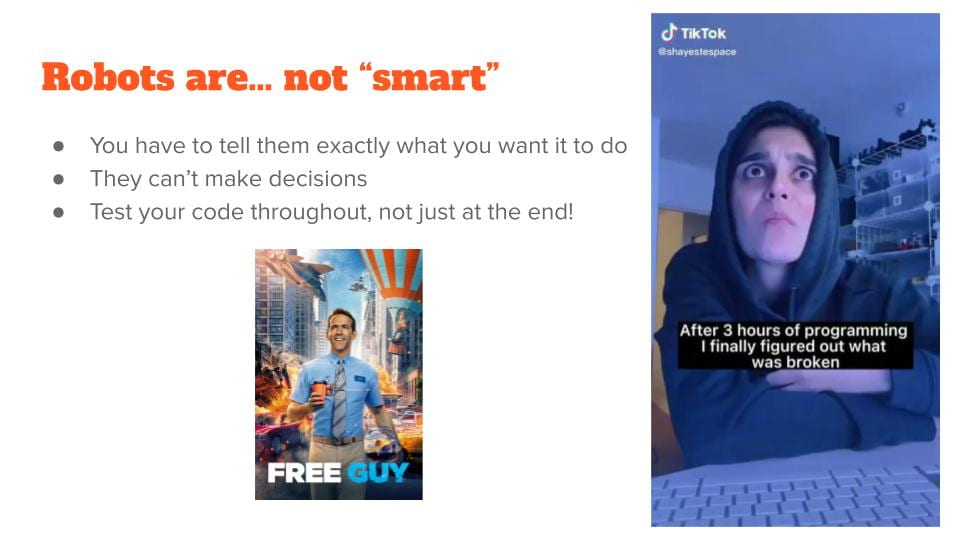When I was visiting a classroom this week for a literacy lesson, a student called me, “Mrs. Cheese Robot Lady”, and I loved it. So yes, I am Mrs. Cheese Robot Lady.
Chris’ article this week “A Reminder that ‘Fake News’ is an Information Literacy Problem- Not a Technology Problem” resonated with me in the part that writes:
Most importantly, in the eyes of the Valley, every problem can be solved exclusively through technology without requiring society to do anything on its own. A few algorithmic tweaks, a few extra lines of code and all the world’s problems can be simply coded out of existence
Kalev Leetaru
With such a large part of my position revolving around technology, I do have a bias about the benefits of technology. Even planning Professional Development Opportunity on Outcome Based Practices in High School, as Learning Consultants we talked about the ease of setting up your My School Sask gradebook to match outcome based practices.
When teaching Digital Citizenship I make sure to talk about the language of coding, media, algorithmic data, cookies, and problem solving. The images below is how I often introduce coding to students. I’d like to build a lesson on how monitoring and checking your coding is related to literacy.
In the Classroom
Two weeks ago I was able to go into Bart’s class to teach Digital Citizenship. We looked at how influencers may try to manipulate our emotions or stage an apology. In the future I’d like to add a section on misinformation and mal-information from Holly’s reading “Fighting Fake News in the Classroom”. The article shares tips for Informational Literacy:
- Check your emotions
- Use Google News
- Reverse image search
- Look for the checkmark (verified)
- Know there is trustworthy information
- Identify the source
- Check Wikipedia
- Keep a list
- Leave the page
- Look for existing fact-checks
Thank you do whomever in our class posted this Cybersleuthing Activity, I think this would be an excellent way to get students involved in digital identity creation. I would have them research themselves first before passing judgement on another persons.
It’s My Life 🎵
In my own media consumption, I generally stick to the same news sources that are admittedly more left leaning. If I see someone has posted an article on social media, I will often read it then search the topic and observe the headlines to check for biases. If I see conflicting headlines I will read from well-known sources and compare the information found. To decide which headline is true, I will compare the commonalities to form my opinion.
Most often I lean towards doubt when presented with an extremist article, statistic, or headline. I try to identify how the article is trying to make me feel, if it is trying to persuade me to be overly emotional, I need to investigate why. If there are lots of statistics, I generally think it is rooted in reality. A fault of mine is assuming that because it is shared on Facebook, it doesn’t mean it is false as Amanpreet’s reading investigates. I have also resisted deleting people from social media based on what they post, as to not create an echo-chamber for myself. This is what I find the most difficult.
I’ll admit like other classmates (thanks Brenda) that my news consumption affects my own mental health. However in order to have respectful dialogue, I have to know the facts. It’s is valuable modelling to say, “I don’t know enough about this topic yet to form an opinion”. We don’t have to be the expert, we do have to be capable of finding them. More often than not, the truth about an author is just a few clicks away!
Happy Teaching,
Leah




Great post, Mrs Cheese Robot Lady! Thanks for including that list for checking facts. It made me think about my own final project, and I added a lesson called “Influencer’s Influence”. I saw a tiktok last week and it was the comparison of influences vs “regular” people. I plan to show this and talk to my students about tone and mood…maybe this will even morph into a writing lesson (insert evil ELA teacher laugh). Thanks for getting my brain juices going!
Thanks for sharing! I love that you are using what you learn to refine your practices and develop new habits (and new lessons for students.) Your post encouraged me to think about where I get my own news information. I would have to say that Twitter has become my go-to for finding out some news updates. This usually prompts me to head over to other sources. Still, learning what I know now about verticals, I wonder how diverse my feeds are or if I am only seeing the tweets that correspond to my algorithms.
Thanks for sharing Leah, your post gave me extras to consider when I talk about digital citizenship, specifically, algorithms and cookies. I don’t fully understand how they work or how to change them besides searching for other things you may be less interested in or opposite perspective than you? Maybe that social dilemma movie is a good additions for the DC topic.
I like that list of 10! Emotions do play such a huge role in dealing with social media… and often I forget that! Students need to know that too. Like with sports or school, I like the 24-hour rule before responding to something that you do not like; but in social media, everything happens so instantaneously, it is hard to teach the “wait, breathe, think” approach. Thanks for the post!
Such a great post Leah! I like the list you mentioned which involves emotions, checking for source, leaving the page…. etc… These are very essential…
“If I see conflicting headlines I will read from well-known sources and compare the information found…” I also prefer to opt for this strategy, if I think anything that I have read can be misinformation then I try to research more about it.
Now I am curious where Mrs. Cheese Robot Lady came from? Just random, or inspired by something? haha
Your meme about unfollowing people because their political views differ from yours really struck me, because it is something I have definitely done. In hindsight, this action probably doesn’t help me to have a mixed newsfeed with different perspectives represented.
That being said, however, I have unfollowed people in the past not because their views differ from mine, but because their posts are exceedingly negative or rude. As Steve Boots showed us, it is possible to share our views without being incendiary about it.
Cheese comes from my last name, which is pronounced “cheddar”. I also bring robotics to classrooms around the division, so the robot lady came from that!
I agree, I have definitely deleted people because they are negative (or mostly rude). I still see (some) value in acknowledging that people actually think like that, and I can hopefully better prepare myself for those conversations if they arise.
100% Think that emotions are a huge part of social media and how one reacts. As an adult, I sometimes can get heated at something I see pretty quickly, so I can only imagine how kiddos can react to something that has struck a nerve for them. I always use the 24-hour rule when I feel a strong emotion. Whether that’s something I read, a situation I was involved with, an email or a phone call I receive, and so on. But this is something that needs to be taught. Kiddos need to understand how to deal with certain situations and how their emotions play a role in all of it as well.
I am very impressed with everyone’s restraint to use the 24-hour rule. I definitely find that waiting to respond on social media is no problem, but trying to wait to respond to an email is a totally different story!
I have found that the more that I learn about coding, robotics, algorithmic data, and the mysterious workings of technology, the better I understand where and how the information I interact with on a daily basis came to be. I don’t know if you have found the same Leah, but working with technology in this different way forces me to view each website and app differently. Even learning about how personalized the feeds are on our Facebook amazes me.
Thank-you for highlighting “The 10”!